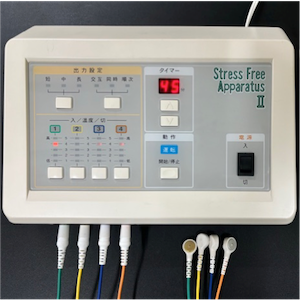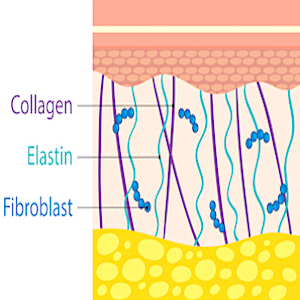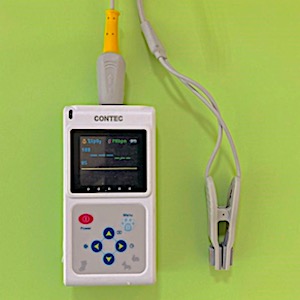A PCR-based study to evaluate the effectiveness of photodynamic therapy in extraction socket disinfection

All claims expressed in this article are solely those of the authors and do not necessarily represent those of their affiliated organizations, or those of the publisher, the editors and the reviewers. Any product that may be evaluated in this article or claim that may be made by its manufacturer is not guaranteed or endorsed by the publisher.
Accepted: 29 May 2024
Authors
The purpose of this study was to assess the efficacy of (Light-Activated) photodynamic therapy in extraction socket disinfection. The goal is to assess the quantitative and qualitative changes in microbial load following the use of photodynamic therapy in extraction socket disinfection. This study included 20 patients ranging in age from 18 to 55 years who required extraction of non-restorable teeth or those with periapical lesions. Extraction was done under local anesthesia, following the principles of atraumatic extraction for socket preservation. Pre-operative samples were collected with paper points for real-time polymerase chain reaction (PCR) analysis. A photosensitizer, methylene blue dye, was applied for 60 seconds. The PDT laser (660nm) was used for a total of 3 minutes, with 20 second intervals. Following PDT application, repeat samples were collected for PCR analysis to determine the bactericidal effect in socket disinfection. The results showed a predominance of P. gingivalis, a potential periodontal pathogen, and a significant reduction in the same following the application of light activated PDT. Photodynamic therapy has demonstrated promising bactericidal effects, which can improve postoperative outcomes and be considered as one treatment option for immediate implants in infected sockets.
How to Cite

This work is licensed under a Creative Commons Attribution-NonCommercial 4.0 International License.










